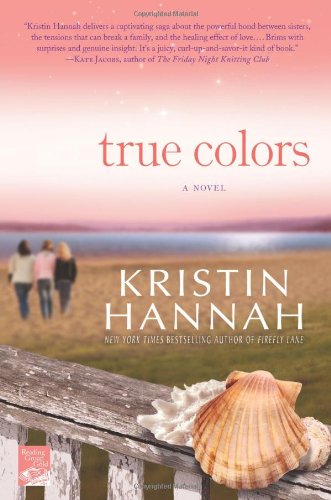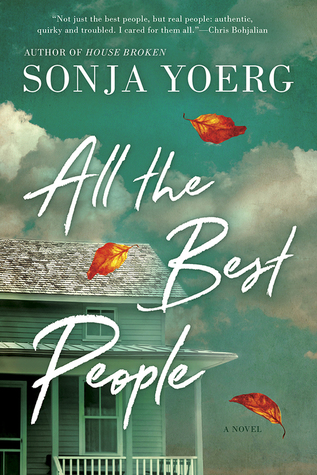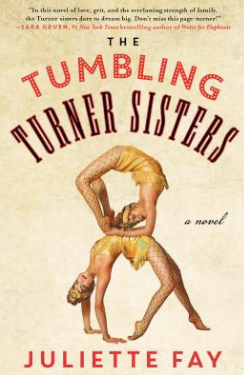
Picking up Sula as selection for my book club, I was excited to read my first Toni Morrison book! After all, she’s pretty legendary. I’d never heard of Sula and therefore didn’t know what to expect. While it wasn’t a page-turner or a book that I found myself thinking of throughout the day, it had some important themes and interesting tropes that lent itself to comparison with other contemporary black pieces of work.
Sula follows the friendship and journey of two best girl friends from a predominantly black neighborhood in the South from 1919 to 1965. It follows how the paths of the two girls diverge as Sula leaves town for years, loses contact with Nel and later returns after many affairs with men attending college. Nel, meanwhile, has stayed in town and become a housewife. Picking things up where they left off isn’t so feasible between the women, who though having suffered similar traumas, have different outlooks on life and ways of managing that trauma.
In Sula’s life, several of her family members have died as the result of fire, and they are not the only ones to do so in this short novel. The fire and burning theme was clear but almost too obvious. It was repeated over and over and could have been more subtle.
Sula also reminded me of Spike Lee’s Do the Right Thing and The Color Purple (the new musical movie, which is my only point of comparison). The pacing of Sula reminded me of Do the Right Thing in that the entire time, the reader/viewer is witnessing microaggressions and traumas, but not necessarily knowing where the story is going. So initially, it feels like a slice of life story. Then all of a sudden, there’s a huge, aggressive climax (a tunnel collapse in Sula and the death of a black man in Do the Right Thing) when I realized “oh, this is what this was all leading to: absolute chaos and change, which is profound and unsettling. The setting of Sula, however, reminded me a lot of The Color Purple, and Sula, the character, reminded me of Shug Avery in Purple in that they are strong women who have the courage to leave town, have affairs and return home, not caring what anyone else thinks of them.
Again, Sula was not my favorite book, but feels like important literature about black culture and understanding.



 Recap: The year is 2024. Self-driving cars are the norm. Surfing is an Olympic sport. And Mafuri Long is hoping to win the gold medal in the sport against her arch nemesis Kimberly Masters. But in the middle of her surf game and focus are her father and his ongoing mental health problems, the loss of her mother still eating at her all these years later and her best friend getting married and being MIA.
Recap: The year is 2024. Self-driving cars are the norm. Surfing is an Olympic sport. And Mafuri Long is hoping to win the gold medal in the sport against her arch nemesis Kimberly Masters. But in the middle of her surf game and focus are her father and his ongoing mental health problems, the loss of her mother still eating at her all these years later and her best friend getting married and being MIA. Recap: Winona, Aurora and Vivi Ann Grey have been three peas in a pod since childhood, sisters brought especially close together after the death of their mother when they were young. But as they hit their 20s and they started to go their separate ways, tensions grew between them. Winona remained single but excelled in her career. Aurora started a family, acting as the peacekeeper in the family. Vivi Ann remained a beautiful free spirit, inheriting the talents of her mother: riding horses. Vivi Ann is her father’s favorite as he grows increasingly depressed and ornery over the years after the loss of his wife.
Recap: Winona, Aurora and Vivi Ann Grey have been three peas in a pod since childhood, sisters brought especially close together after the death of their mother when they were young. But as they hit their 20s and they started to go their separate ways, tensions grew between them. Winona remained single but excelled in her career. Aurora started a family, acting as the peacekeeper in the family. Vivi Ann remained a beautiful free spirit, inheriting the talents of her mother: riding horses. Vivi Ann is her father’s favorite as he grows increasingly depressed and ornery over the years after the loss of his wife. Recap: There are secrets abound between four women of three different generations in a small town in Vermont. It’s 1972, and Carole is a mother to twin sons and a daughter and wife to an auto shop owner. But suddenly her days are filled with more people than just those who she lives with; she starts hearing voices, hallucinating, wondering if she’s becoming “crazy,” just like her mother was.
Recap: There are secrets abound between four women of three different generations in a small town in Vermont. It’s 1972, and Carole is a mother to twin sons and a daughter and wife to an auto shop owner. But suddenly her days are filled with more people than just those who she lives with; she starts hearing voices, hallucinating, wondering if she’s becoming “crazy,” just like her mother was. Recap: Winnie and Gert come from an already poor family, but they’re about to be poorer. Thanks to their father’s drunken mishap and hand injury, he can no longer work in the factory where he’s employed, and now they, their mother, their two other sisters and baby nephew must find a way to keep going and pay the rent. Their older sister, Nell is too busy caring for her baby and too depressed over the loss of her husband to help. Their younger sister is still in school. But their mother is all too resilient to let the family fall apart. It’s the early 1900s. The solution is easy. Become a travelling vaudeville act. And that’s exactly what the sisters do.
Recap: Winnie and Gert come from an already poor family, but they’re about to be poorer. Thanks to their father’s drunken mishap and hand injury, he can no longer work in the factory where he’s employed, and now they, their mother, their two other sisters and baby nephew must find a way to keep going and pay the rent. Their older sister, Nell is too busy caring for her baby and too depressed over the loss of her husband to help. Their younger sister is still in school. But their mother is all too resilient to let the family fall apart. It’s the early 1900s. The solution is easy. Become a travelling vaudeville act. And that’s exactly what the sisters do. Recap: Grace May is both dreading and greatly looking forward to her 40th birthday. The idea of turning 40 is overwhelming for any women in this day and age, but she has a plan. Now that her sons are both going to elementary school full-time, she plans to go back to work part-time. She also wants to get back in shape and make time to reconnect with her husband, Darren, who’s seemed somewhat distant recently.
Recap: Grace May is both dreading and greatly looking forward to her 40th birthday. The idea of turning 40 is overwhelming for any women in this day and age, but she has a plan. Now that her sons are both going to elementary school full-time, she plans to go back to work part-time. She also wants to get back in shape and make time to reconnect with her husband, Darren, who’s seemed somewhat distant recently. Children’s fiction. Young adult fiction. Women’s fiction. And now, men’s fiction. Esquire is trying to define what men’s fiction is by regularly publishing a new series of e-books written by men, starting this month.
Children’s fiction. Young adult fiction. Women’s fiction. And now, men’s fiction. Esquire is trying to define what men’s fiction is by regularly publishing a new series of e-books written by men, starting this month. How likely is it that a man goes to a bookstore and purchases a pink book with a picture of a stiletto on it? Or a little girl on a farm? How likely is it that a woman goes to a bookstore and purchases a red book with bold, black typeface and some kind of faraway landscape? The fact of the matter is people really do judge books by their covers. And if that book seems remotely feminine and has a female author, a man will likely move on to the next shelf.
How likely is it that a man goes to a bookstore and purchases a pink book with a picture of a stiletto on it? Or a little girl on a farm? How likely is it that a woman goes to a bookstore and purchases a red book with bold, black typeface and some kind of faraway landscape? The fact of the matter is people really do judge books by their covers. And if that book seems remotely feminine and has a female author, a man will likely move on to the next shelf.